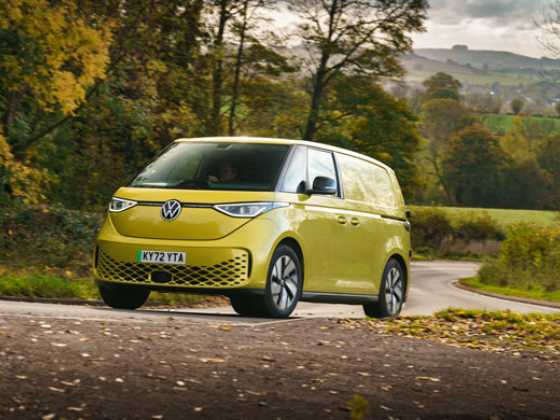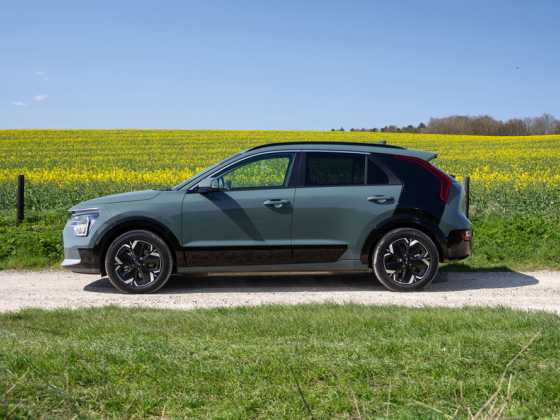On the road again
Sofie Lidefjard is happy on the road in a V50 DRIVe from Volvo, a premium compact Sportswagon with CO2 emissions of less than 120g/km
 Volvo V50 DRIVe
Volvo V50 DRIVe
ENGINE 1.6D
TOP SPEED 118 mph
MPG (combined) 62.8
CO2 118/km
I haven’t driven many Volvos since I first learned to drive in my dad’s old 240, so I was pretty excited when I had a V50 Sportswagon delivered for a week’s loan.
After the initial three models, the company’s green DRIVe range now consists of seven models, with the 1.6D V50 coming in at 62.8mpg (combined) with emissions of only 118g/km. The previous 1.6D engine delivered 56.5 mpg with 132 g/km of CO2.
So how has Volvo achieved these efficiencies? The DRIVe development programme was one of the first major projects to pass through Volvo’s wind tunnel facility. Fine-tuning airflow above and below the vehicle has significantly cut vehicle drag.
Energy saving features
The chassis has been lowered by 10mm to contribute to 10 per cent reduction in air resistance. A front spoiler has also been fitted to help with this. Behind the characteristic Volvo grille there is a wind-deflecting panel that provides better aerodynamics inside the engine compartment.
Up to 15 per cent of the total drag reduction is due to the sharp-looking aluminium wheels, while energy saving tyres from Michelin reduce CO2 by two per cent.
The 1.6D turbo diesel engine has been optimised to lower CO2 by 4g/km. Newly developed transmission oil, which creates lower friction in the gearbox, reduces them by 0.5g/km. Further economy benefits were made by adopting revised, longer gearbox ratios on third, fourth and fifth gears that reduce engine revs at speed. This delivers a further 1.5 per cent fuel saving without affecting the drivability of the car.
Optimised electro-hydraulic power steering only assists when required, delivering a 1g/km reduction in CO2. Intelligent gearshift indicator advises you of the most efficient times to change gear.
Enjoyment
A number of years have passed since I learned to drive in my dad’s 1980 Volvo 240. It was a big, square-looking machine and very heavy to steer.
29 years after that car was manufactured, the V50 is surprisingly heavy to steer and the clutch takes some effort to push down. It’s a lot of fun though, and takes hairpin bends like a dream.
Inside, the seats are comfortable and everything is in its right place. Audio system controls on the steering wheel is always a plus. The space under the comfortable armrest is deep, long and wide.
Five adults will fit comfortably with great variety of storage compartments throughout the car. By folding down part or all of the two-split rear seat, you can easily expand the load capacity of your Volvo when needed.
Safety first
To many, Volvo is synonymous to safety. An interesting safety feature in the V50 was the Blind Spot Information System (BLIS).
Using rear-facing digital cameras installed in the door mirrors, it monitors the traffic on either side of the car. As a vehicle enters your blind spot, the system helps alert you with a discreet lamp built in to the front door post on the approaching side of the car. Together with the door mirrors, this helps enable you to quickly assess the feasibility of a lane change. The system is activated once the car exceeds 10 km/h, and reacts to almost any type of motor vehicle.
The feature is most helpful, the danger is that you get so used to it so when driving other vehicles you forget it’s not there.
Volvo V50 DRIVe is the only premium compact Sportswagon on the market with CO2 emissions of less than 120g/km.









